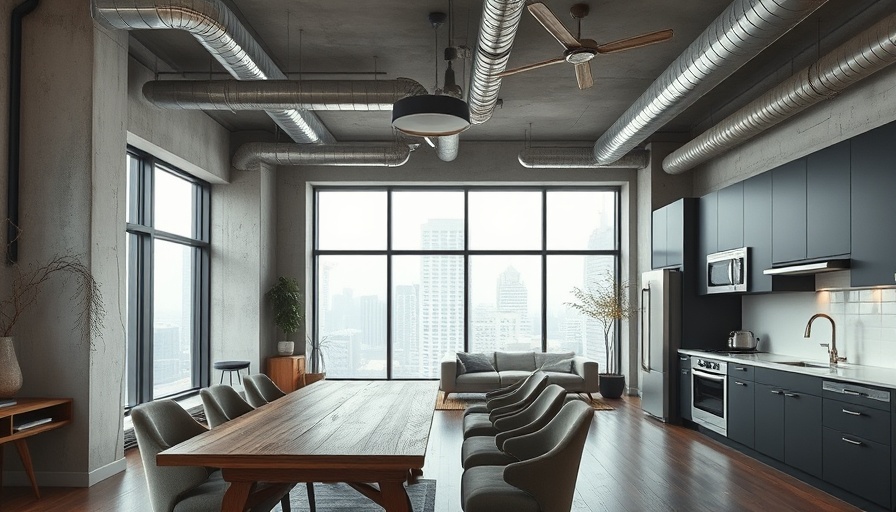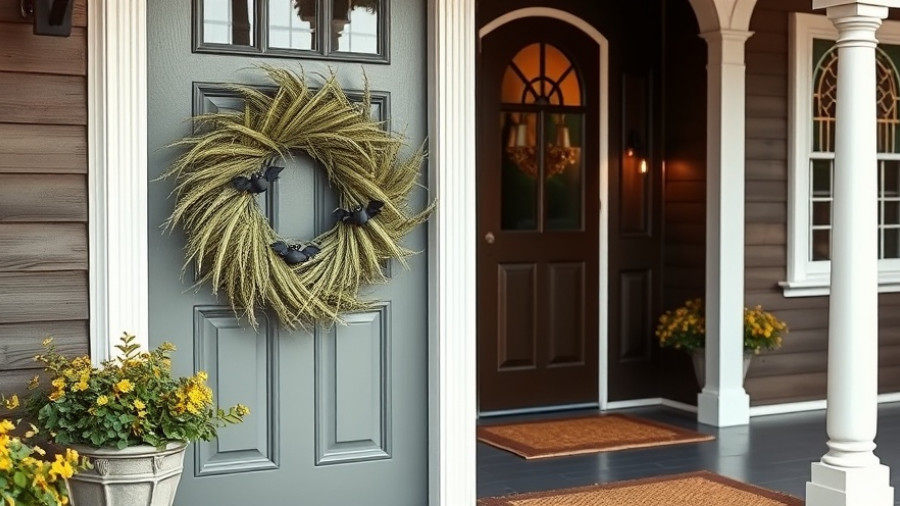
Transforming a Rental: Lea's Journey to a Cozy Urban Oasis
In a world where downsizing is becoming an attractive lifestyle choice, Lea shares her journey of transition from a spacious house to a cozy apartment in Minneapolis, highlighting the benefits of simple living and urban charm. After nearly a year, she finds her new environment not only manageable but delightful. This shift in perspective reflects a growing trend where individuals seek lifestyle transformations that prioritize experiences over possessions.
Finding Charm in Urban Living
Lea's choice to move into a character-rich apartment, strategically located near parks and trails, underscores the importance of seeking out spaces that resonate with one's personal history. Her apartment, nestled in an old commercial building where her parents once worked, adds a layer of nostalgia to their urban living experience. This blending of personal history and contemporary living reflects a deepening connection between spaces and memories, fostering a sense of belonging that many urban dwellers crave.
The Benefits of Minimalism: Less is More
As Lea navigates her new life without a car, she’s uncovering the joys of living intentionally. By embracing a simpler lifestyle, she not only reduces her carbon footprint but also minimizes her expenses, creating a lifestyle that prioritizes well-being over unnecessary possessions. This journey aligns with insights shared by others who have downsized—organizing efficiently, decluttering purposefully, and utilizing multi-functional furniture can significantly enhance the downsizing experience. For example, readers from a Apartment Therapy article note the importance of letting go of non-essential items and keeping only what brings joy.
Community and Connection: Embracing Your Neighborhood
Living downtown also means connecting with the community. Parks, community gardens, and shared spaces enhance urban life, providing opportunities for interaction that larger, isolated homes may lack. Lea emphasizes the joy of having greenspace nearby for her dog, which facilitates outdoor activities that support both physical health and mental well-being. Her journey reflects broader community-building trends where urban living fosters connections among diverse groups of individuals.
Practical Downsizing Tips for California Homeowners
For California homeowners contemplating a similar transition, it's vital to approach downsizing with a clear plan and an open mind. Here are some effective strategies:
- Adopt Multi-Functional Spaces: Just as Lea has discovered, choosing furniture that serves multiple purposes can maximize space efficiency.
- Plan Emotional Goodbyes: Leaving a family home can be emotional. Host a gathering to celebrate memories and help ease the transition.
- Prioritize Needs Over Wants: Identify what is essential for your new lifestyle and let go of items that don’t serve a purpose. This approach is echoed in tips from Lifestyle Moving that advocate for purposeful decluttering.
The Future of Living: Urban and Intimate
Moving forward, the trend of downsizing to apartments, especially in urban settings, isn't just about living with less; it's about embracing a new lifestyle filled with opportunity and community. As Lea's story illustrates, making thoughtful choices that reflect our values can lead to finding comfort and joy in new beginnings. The emotional responses tied to our living spaces influence how we experience and connect with our day-to-day lives.
Final Thoughts: Begin Your Downsizing Journey
Considering a downsizing journey yourself? Reflect on the spaces that inspire happiness and community for your next chapter. Explore the joys of urban living, and you just might discover a lifestyle where less truly means more. Dive into your own transformation today—embrace simplicity, intentionality, and the rich connections that await in your new urban oasis!
 Add Row
Add Row  Add
Add 




Write A Comment